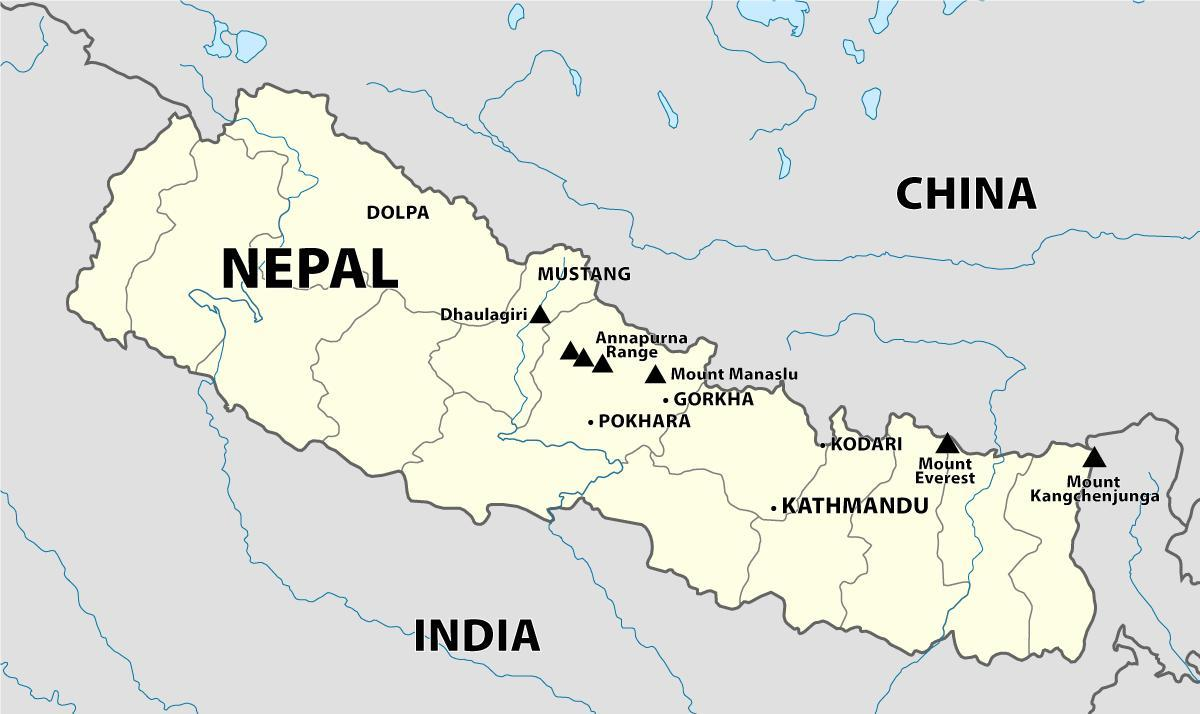Rapid Fire
Mount Khangchendzonga
- 31 May 2025
- 2 min read
Sikkim has urged the Union Government to consider restricting mountaineering activities on Mt. Khangchendzonga, acknowledging its profound religious significance to the indigenous communities of the state.
- About Mt. Khangchendzonga: It is India’s highest peak (8,568 meters) and the world’s third-highest, located on the Sikkim-Nepal border.
- It is sacred to Sikkim’s indigenous people, revered as the abode of the guardian deity Dzoe-Nga (Pho-lha).
- Dzoe-Nga is recognized as guardians of the land by Ugyen Guru Rinpoche (Guru Padmasambhava), Sikkim’s Patron Saint.
- The indigenous Lepcha community traditionally followed the Mun faith, led by priests called Bongthings, and have a rich oral tradition of poetry, songs, and myths.
- Climbing is prohibited on the Sikkim side but permitted from the Nepal side. The mountain was first successfully climbed in 1955 by Charles Band and Joe Brown.
- About Khangchendzonga National Park: It is a UNESCO World Heritage Site (2016) and a part of the UNESCO World Network of Biosphere Reserves (2018).
- It is India’s first Mixed World Heritage Site, renowned for its diverse ecosystem comprising plains, valleys, mountains, glaciers, lakes, and forests.
- It is part of the Eastern Himalayan biodiversity hotspot and the Dzongu Valley in North Sikkim is especially rich in medicinal plants.
- Fauna: Blood Pheasant (State Bird of Sikkim), Red Panda, Snow Leopard, Musk Deer etc.
| Read More: Khangchendzonga To Be Included In The World Network of Biosphere Reserves |







